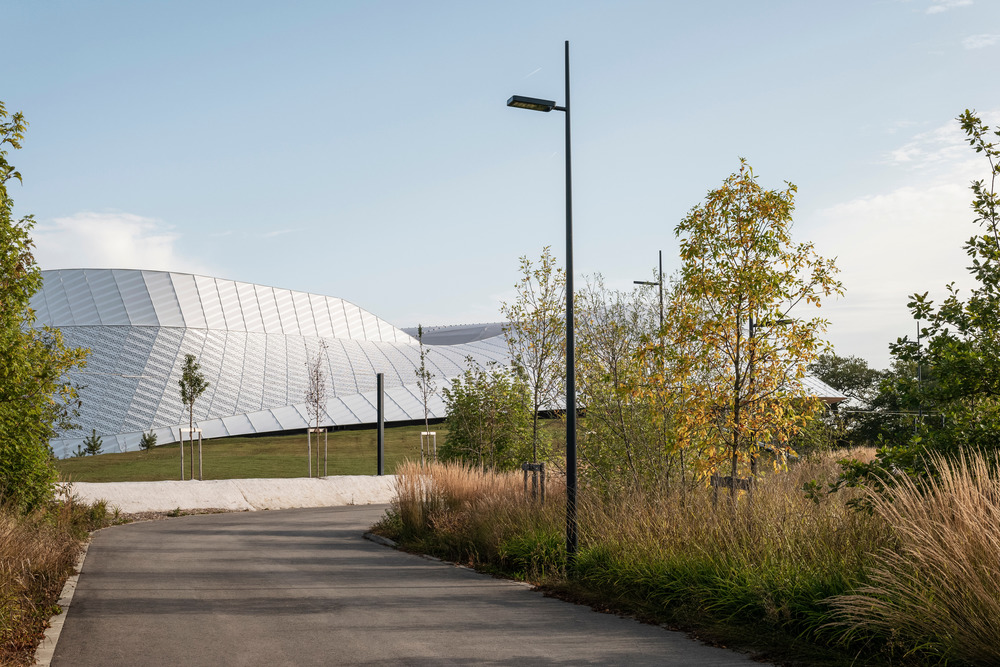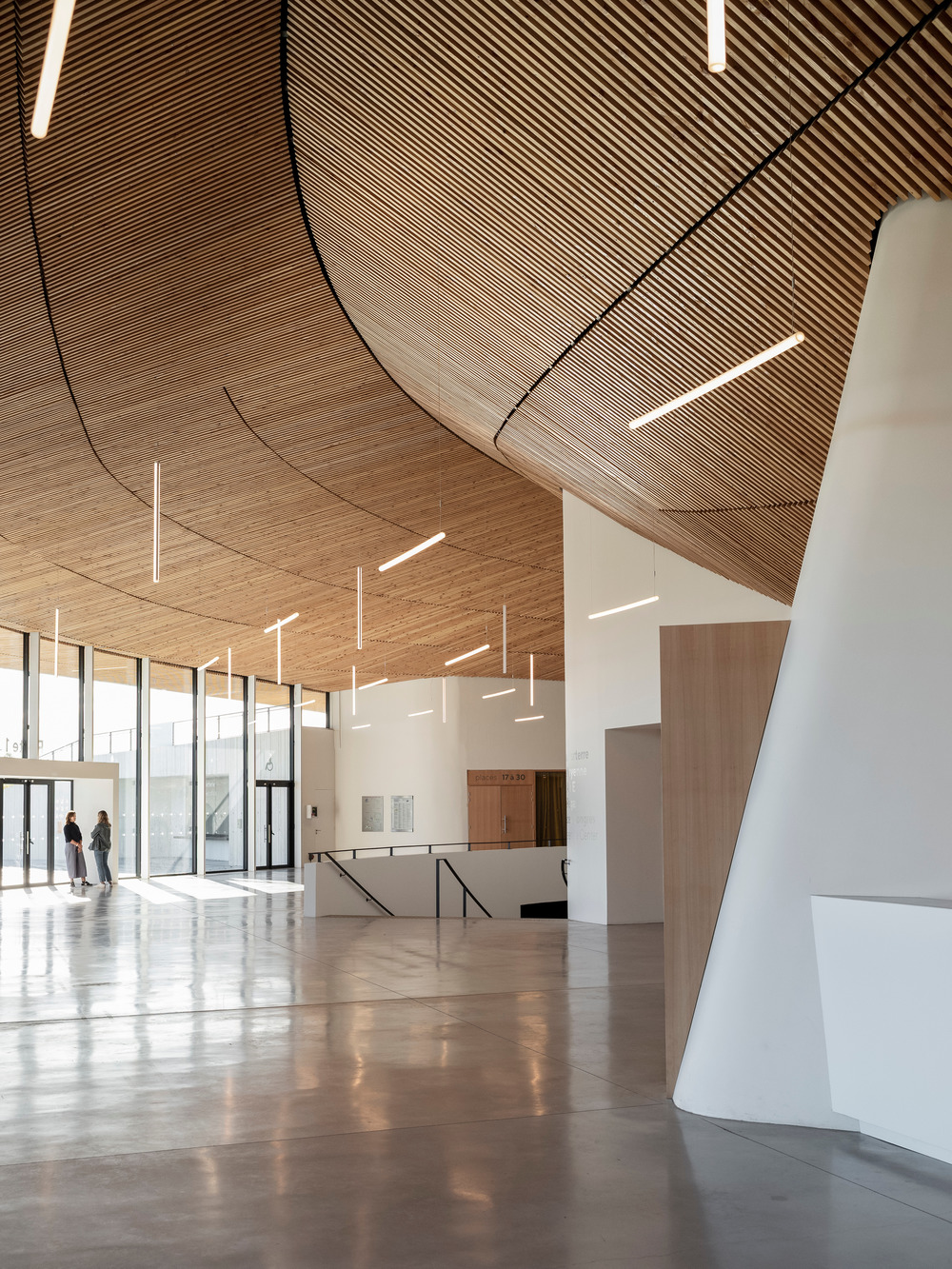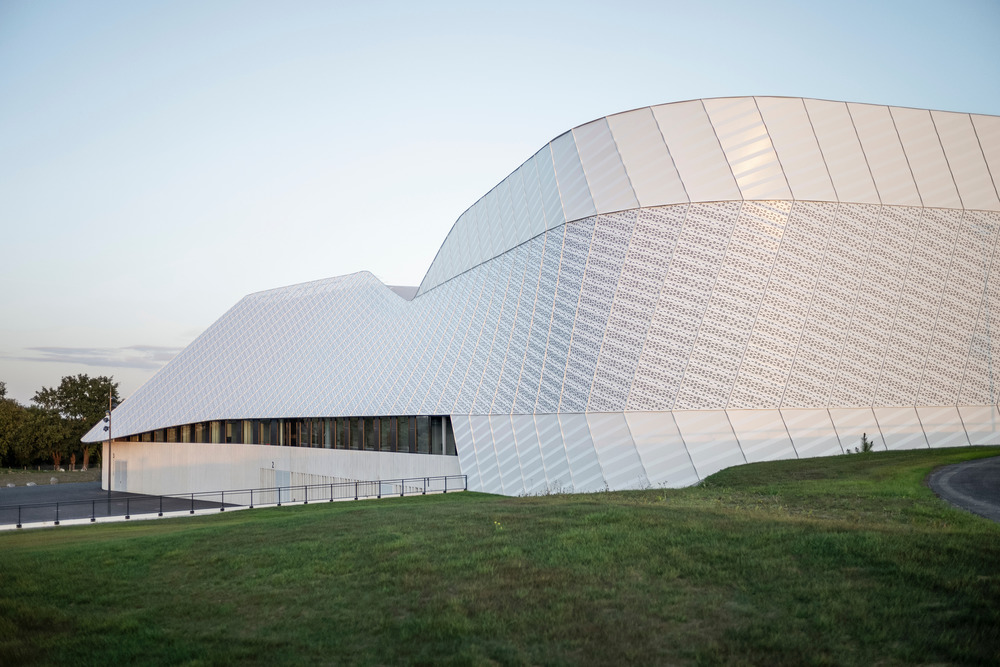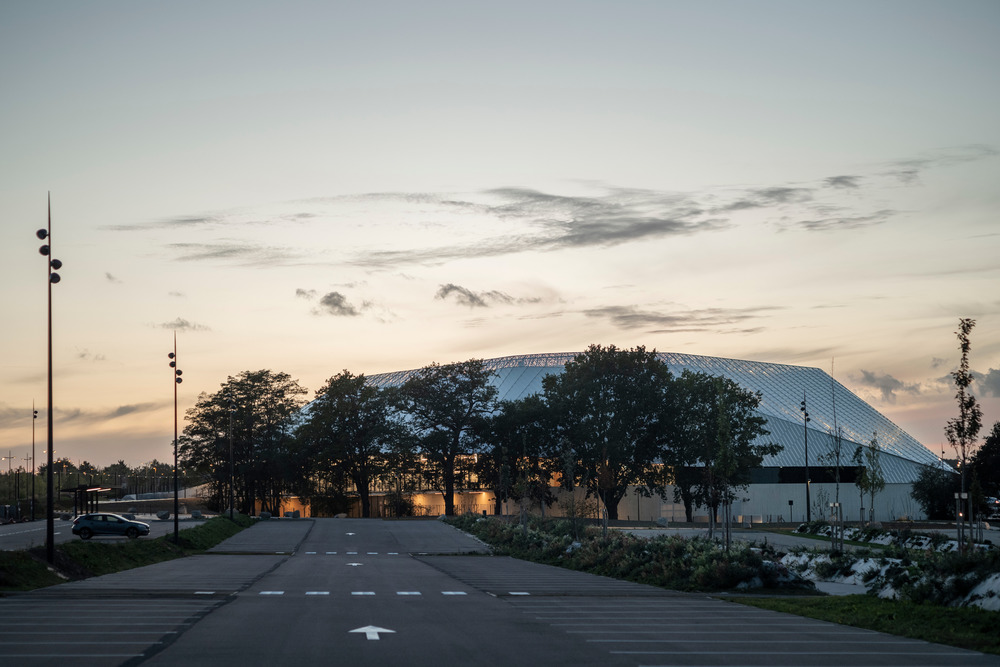
Sports architecture and urban development go hand in hand, working together to create thriving cities that prioritize the well-being and quality of life of their residents. The strategic inclusion of sports facilities in urban planning not only adds aesthetic value but also fosters community engagement and economic growth. By understanding the importance of sports architecture, cities can harness their potential to drive positive transformation.
Connection of Sports Facilities and Urban Planning
Integrating sports facilities into urban planning is a crucial aspect of creating sustainable and people-centric cities. These facilities serve as focal points for recreational activities and social interactions, fostering a sense of community and belonging. By strategically locating sports facilities within urban areas, cities can ensure easy accessibility and encourage active lifestyles among residents. Such planning decisions help improve the overall livability and attractiveness of the city.
Sports architecture and urban development together have been recognized as powerful catalysts for city transformation.

Benefits of Sports Architecture
The general benefits of sports facilities in cities are the following:
- Promoting physical health and well-being: Sports facilities provide opportunities for individuals of all ages to engage in physical activities, leading to improved fitness levels and overall well-being.
- Enhancing social cohesion and community engagement: Sports facilities act as gathering spaces where people from diverse backgrounds come together, fostering social connections, and promoting a sense of community.
- Providing recreational opportunities for all age groups: Sports facilities offer a range of recreational activities and sports programs that cater to people of different age groups, ensuring inclusive participation.
- Boosting tourism and attracting visitors to the city: Major sports events hosted in cities attract tourists, stimulating the local economy through increased spending on accommodations, dining, and entertainment.
But, let’s dive even deeper into the benefits to see how sports architecture acts as a catalyst for city transformation.
1. Sustainable Sports Architecture
In the pursuit of sustainable development, sports architecture has embraced environmentally-friendly designs and construction practices. By incorporating sustainable principles into the planning and design of sports facilities, cities can minimize their ecological footprint while maximizing their social and economic impact. One innovative approach is the utilization of fabric covered sports building construction.
Using fabric in sports building construction offers several benefits:
- Fabric structures offer flexibility and cost-effectiveness: Fabric materials can be easily shaped and molded to create unique architectural forms, providing cost-effective solutions compared to traditional building materials.
- They provide natural lighting and ventilation, reducing energy consumption: Fabric structures allow for ample natural light and airflow, reducing the need for artificial lighting and mechanical ventilation systems, thus minimizing energy consumption.
- Fabric materials are recyclable and have a lower environmental impact: Many fabric materials used in sports architecture can be recycled or repurposed, reducing waste and contributing to a more sustainable construction industry.
- Fabric structures can be easily adapted or relocated as needed: The flexibility of fabric structures allows for easy adaptability and reconfiguration, making them suitable for temporary or permanent sports facilities that can be relocated or repurposed as the needs of the city evolve.
Sports building from fabric represent an environmentally-conscious approach to construction, aligning with the broader goals of sustainable urban development. By adopting sustainable sports architecture practices, cities can lead the way in creating environmentally friendly and resilient communities.

2. Impact on the Economy
Sports architecture plays a significant role in driving economic growth and development within cities. The construction of sports facilities creates job opportunities, both during the construction phase and for ongoing operations. Additionally, sports events hosted in these facilities attract visitors from near and far, stimulating the local economy through spending on accommodations, dining, and entertainment.
So, the economic benefits of sports architecture are:
- Job creation in construction, operations, and management.
- Revenue generation through ticket sales and event hosting.
- Growth in local businesses, such as hotels and restaurants.
- Increased investment and real estate value in the surrounding areas.
3. Transforming Communities
Sports architecture has the power to transform communities by providing spaces for social interaction, cultural exchange, and personal growth. Sports facilities act as hubs that bring people together, fostering a sense of belonging and pride within the community. They create opportunities for individuals to participate in sports and recreational activities, promoting a healthier lifestyle and enhancing overall well-being.
These facilities enhance community engagement by:
- Organizing sports tournaments and leagues for residents.
- Offering sports programs for children and youth.
- Providing spaces for community events and celebrations.
- Fostering social connections and cultural exchange.
Sports architecture acts as a catalyst for social and cultural development, promoting diversity and inclusivity within cities.

4. Infrastructure Development
The construction of sports facilities often necessitates the improvement of transportation, utilities, and other infrastructure systems in the surrounding areas. This can lead to urban regeneration, enhancing the overall quality of the built environment and benefiting the residents beyond the sports events.
Also, sports architecture projects can act as catalysts for urban revitalization, particularly in underdeveloped or neglected areas of a city. Building new sports facilities or repurposing existing ones can rejuvenate neighborhoods, attract businesses, and create a positive impact on the urban fabric.
Sports architecture and urban development have emerged as catalysts for city transformation, bringing about positive change in various aspects of urban life. By integrating sports facilities into urban planning, cities can enhance community engagement, drive economic growth, and promote sustainable development. Sports buildings from fabric represent an innovative and environmentally-friendly approach to sports architecture, aligning with the goals of sustainable urban development. With careful planning and design, sports architecture can continue to shape cities into dynamic and inclusive spaces that prioritize the well-being and happiness of their residents.
Images from Hérault Arnod Architectures design Espace Mayenne in Laval, France – See the full story here



